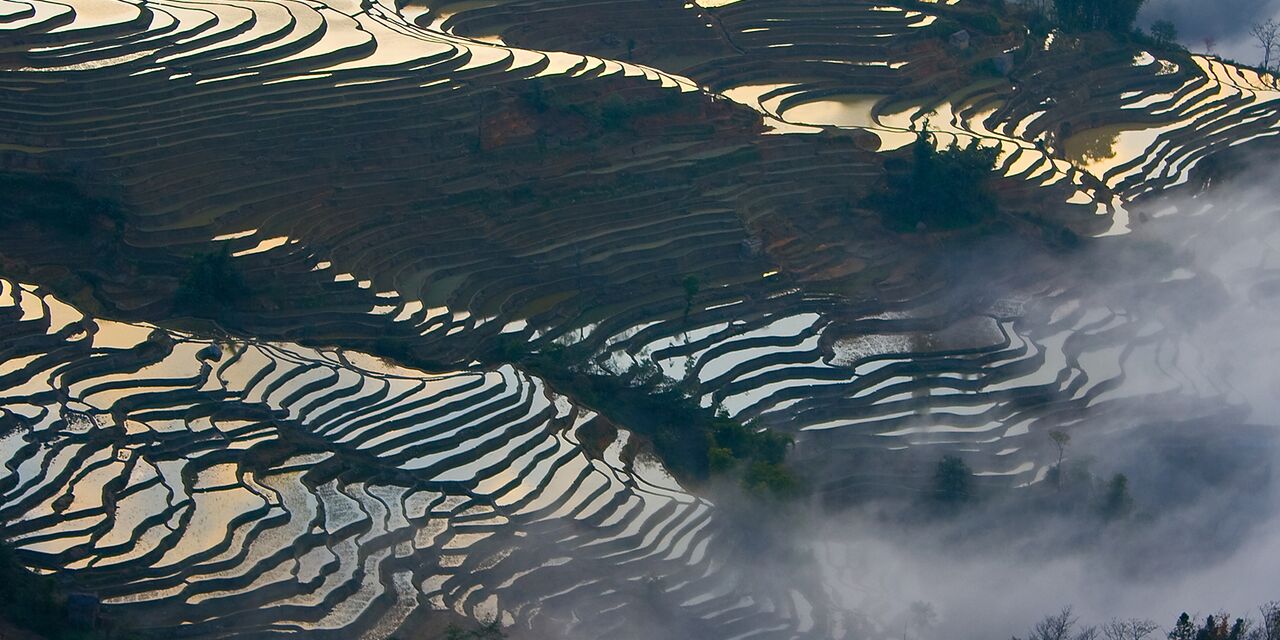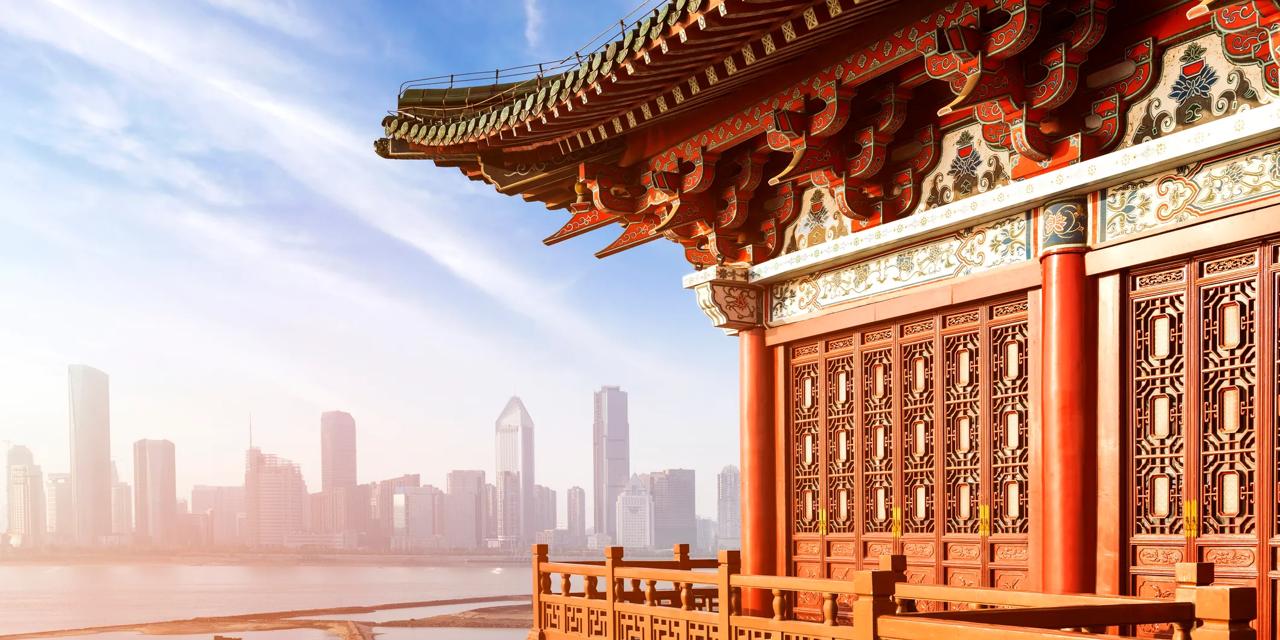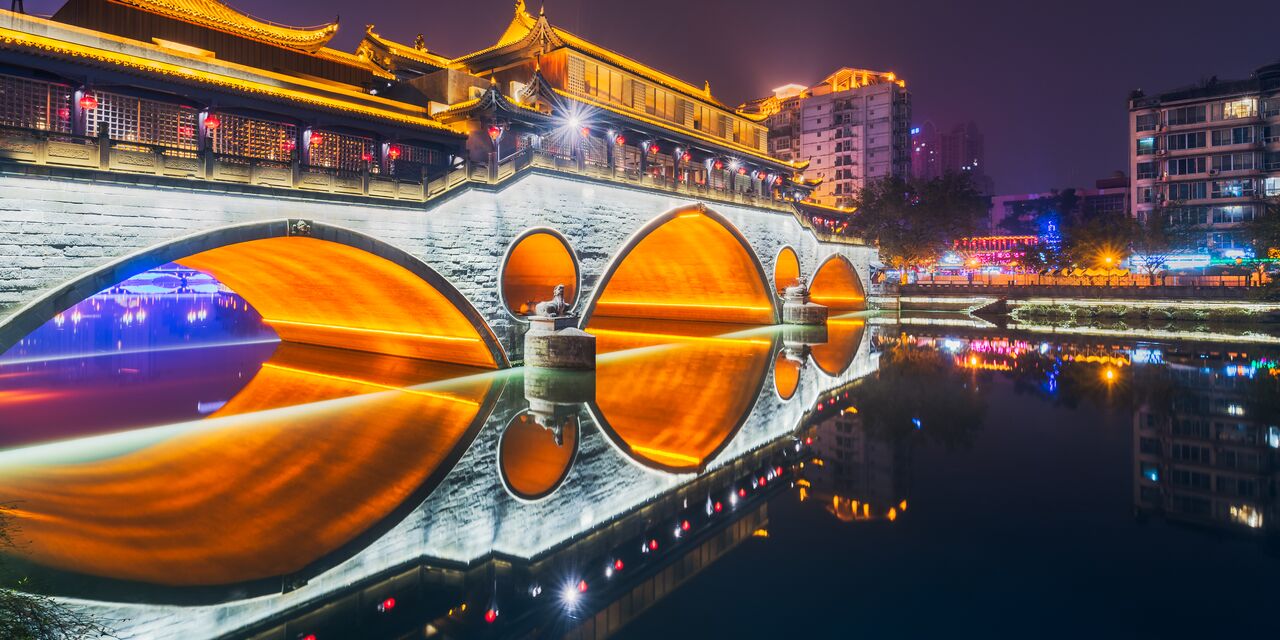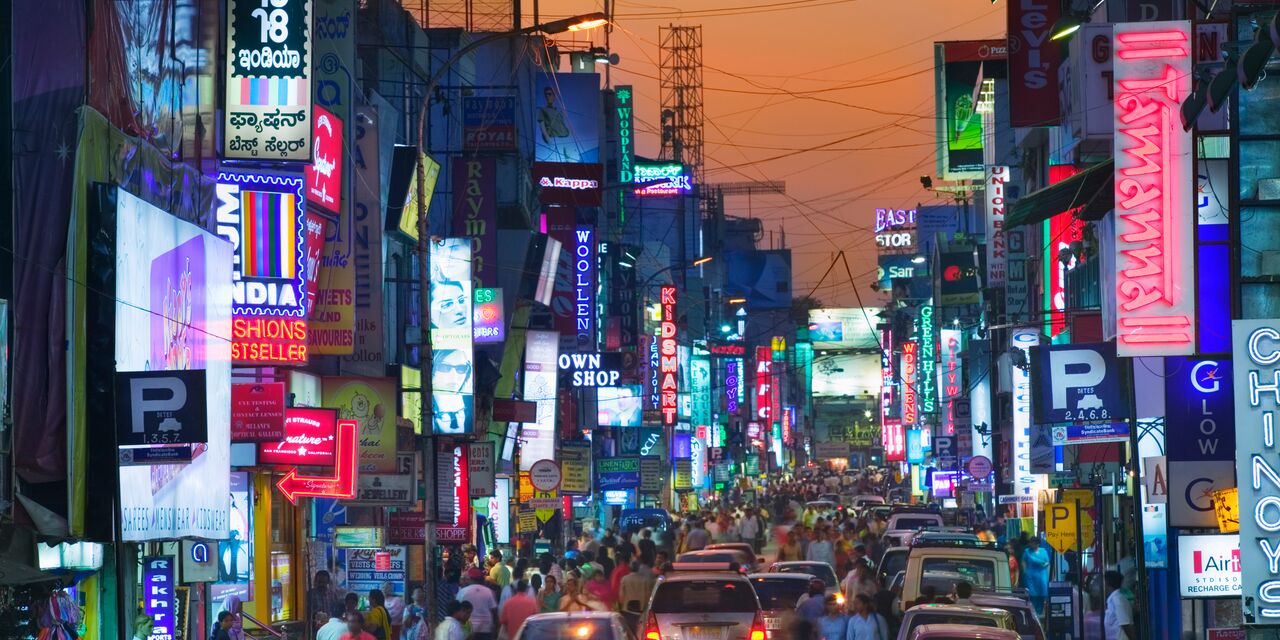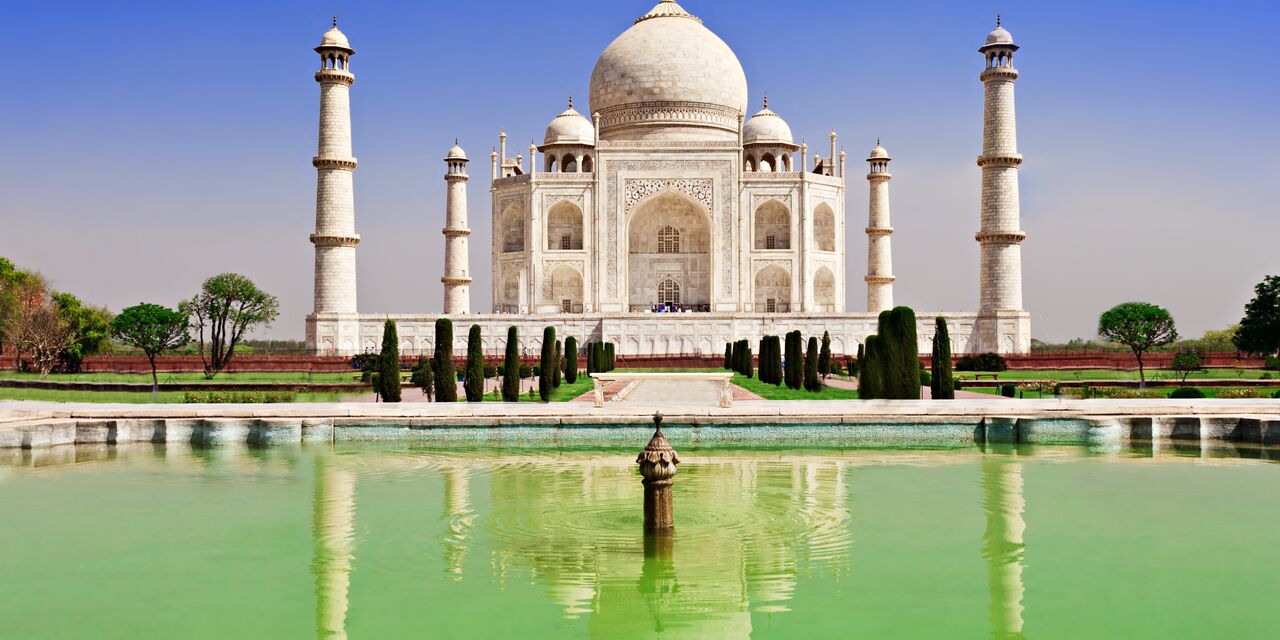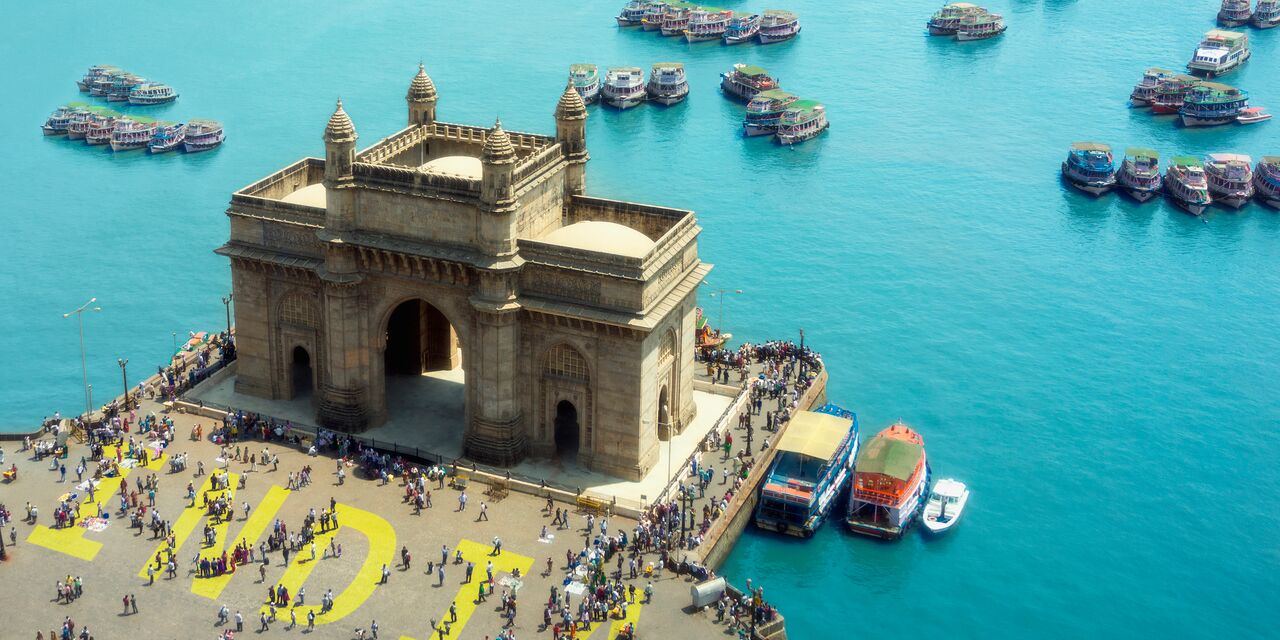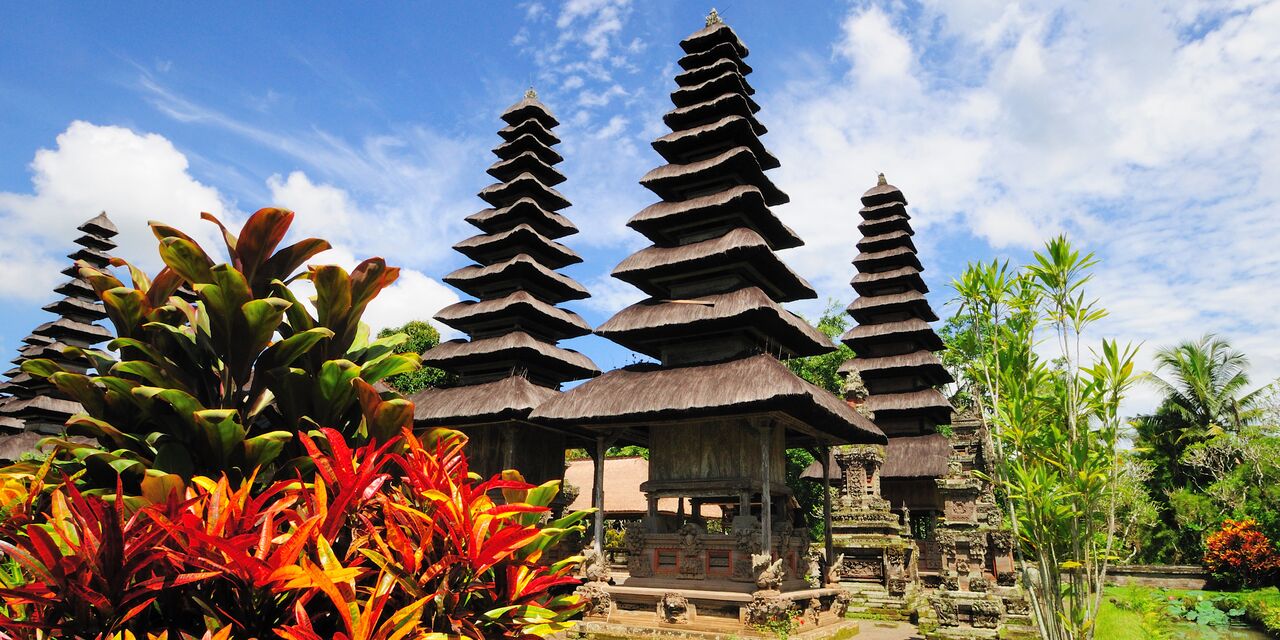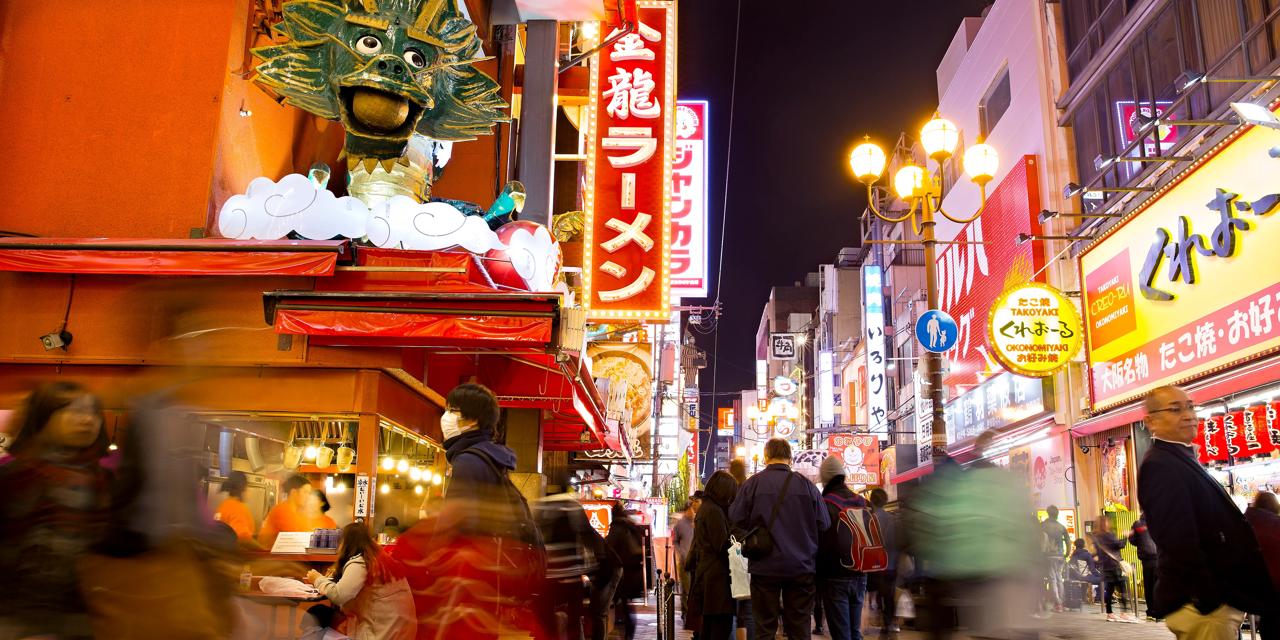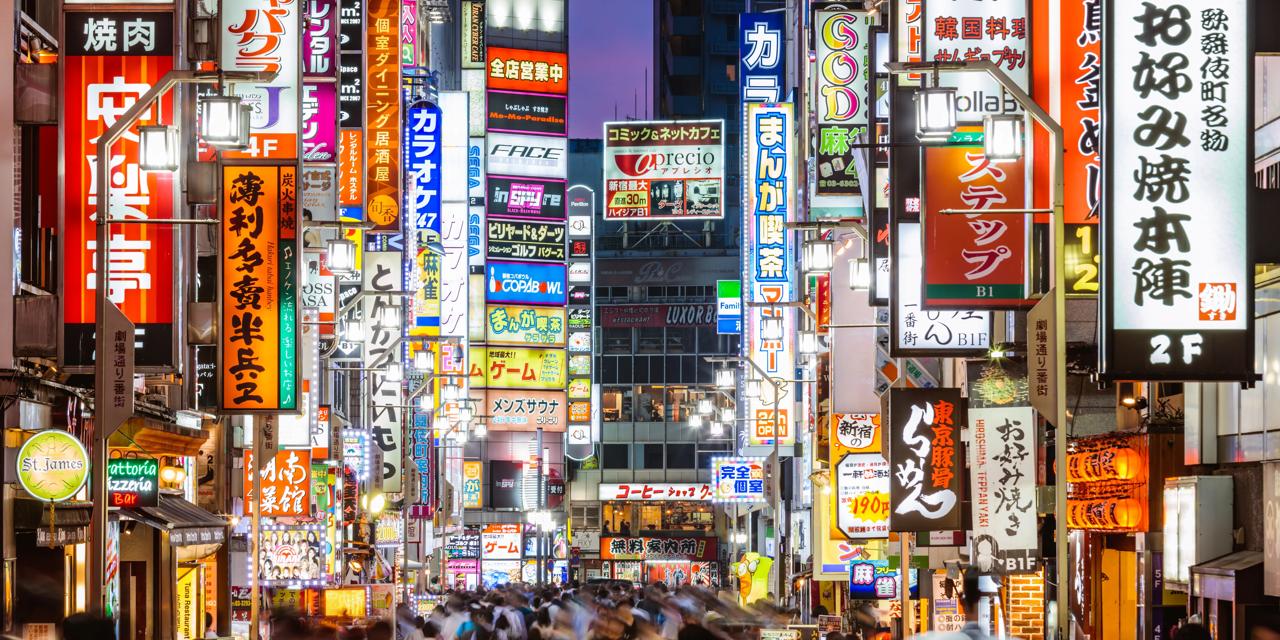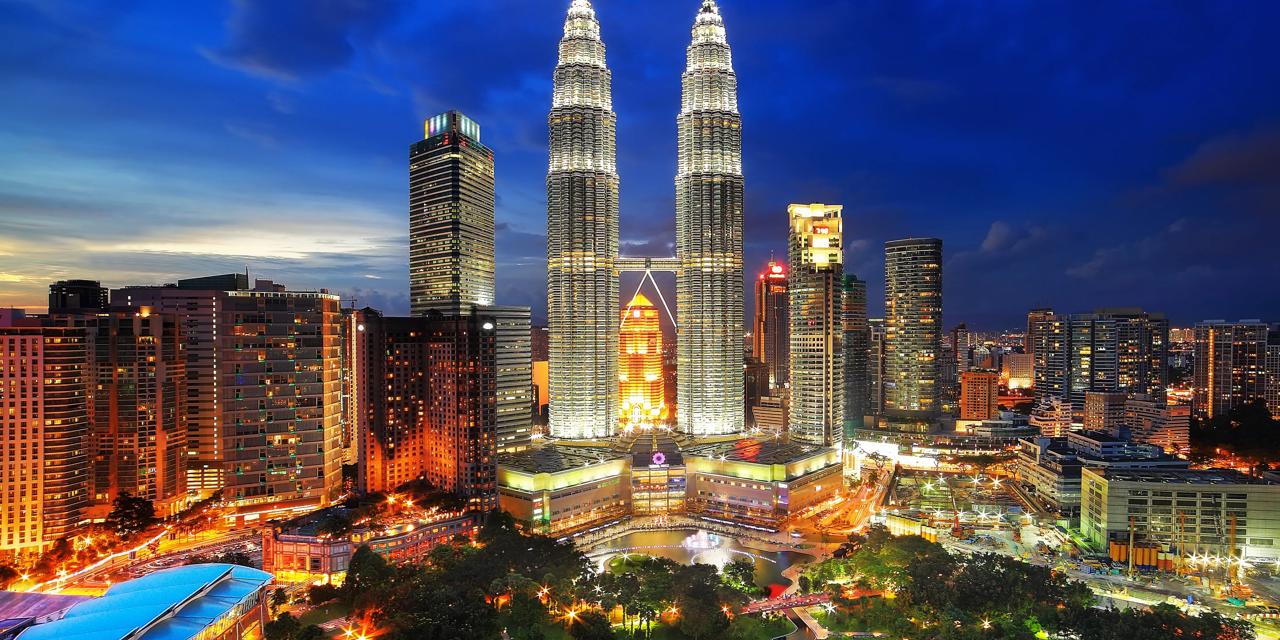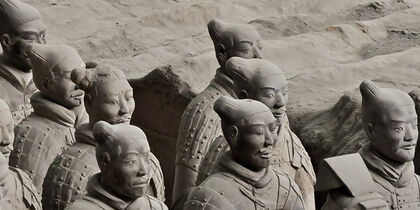
Treasures in the ground
When the farmer Zhifa Yang dug a well on his land just outside Xi'an in 1974, he came across some pottery shards. While this didn’t seem extraordinary at the time, archaeologists subsequently unearthed no less than 8,000 life-size warriors, horses and weapons which were protecting the buried mausoleum of Emperor Qin. Each of the warriors in the world-famous Terracotta Army of Xi'an has an individual appearance. They were even fully dressed when first interred underground. The army has been buried since the Christian era. Amazingly it appears that there are several such armies still concealed in the ground around the city, and archaeologists are currently using the latest techniques to find them. The Yangling Mausoleum of Han Dynasty is built around such a newly discovered army and brings history to life with a holographic film.
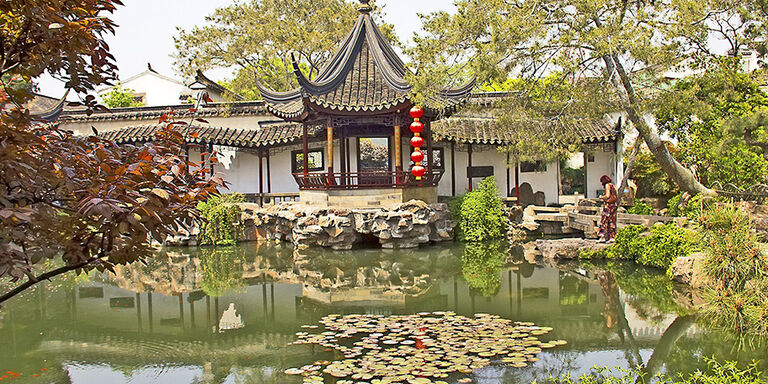
Water treasures
The Chinese penchant for water gardens is ancient and dates back at least to the 11th century. The finest water gardens are located in the cities of Suzhou and Hangzhou, both close to Shanghai, where nobles and officials used the limited space in their courtyards to best effect. The careful design of ponds, plants, rocks and hills ensures that the gardens only come into their own when you stroll through them. Now open to the public, the gardens welcome visitors with beautiful lotus ponds, tea pavilions, bonsai trees and bamboo. However, their most enchanting aspect remains the sublime landscape gardening, a source of inspiration to landscape gardeners from all over East Asia.
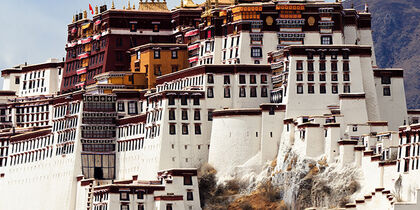
Treasures in heaven
The Tibetan people have been living according to Buddhist precepts among the sky-high mountain peaks for centuries, and temples and monasteries can be found in the most remote areas. Believers cover hundreds of kilometres during pilgrimages from their homes to the temples of Lhasa – some prostrating every other step on their hands and knees. If you visit the capital of Tibet you will be able to see scores of orange-robed monks praying and studying in the Drepung Monastery as well as the Potala Palace, former residence of the Dalai Lama.

